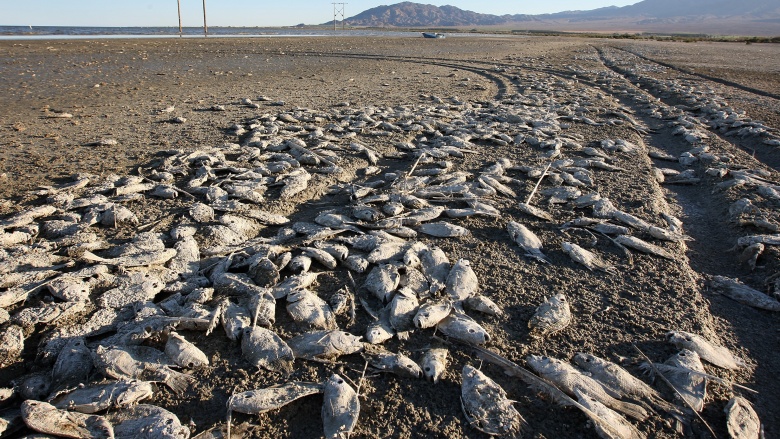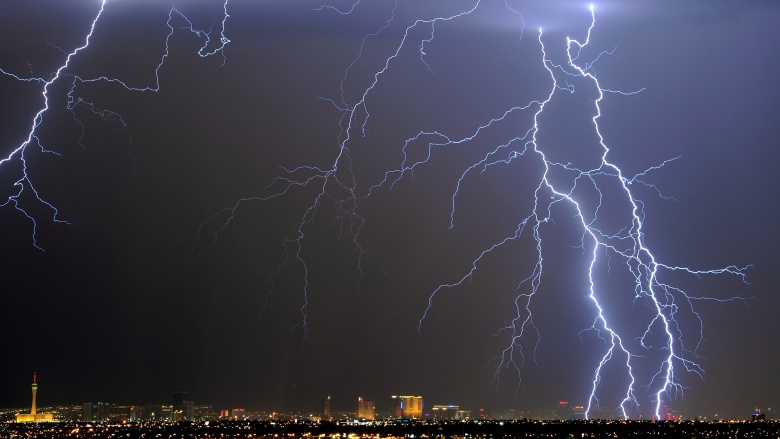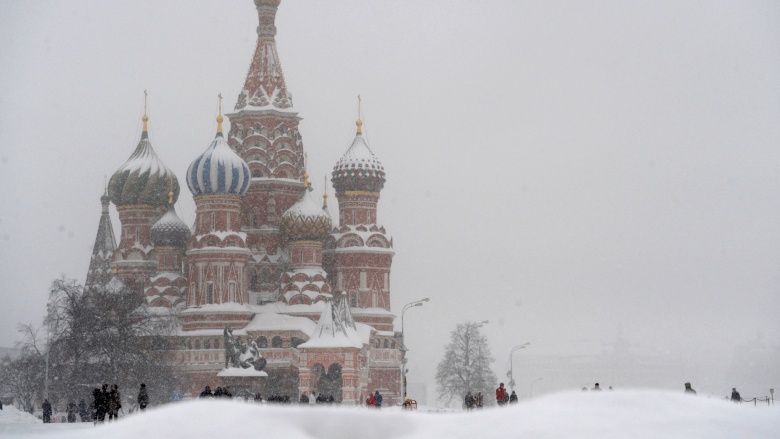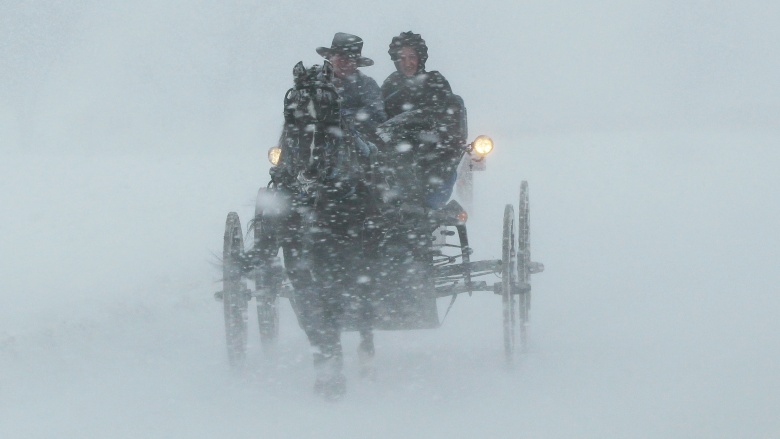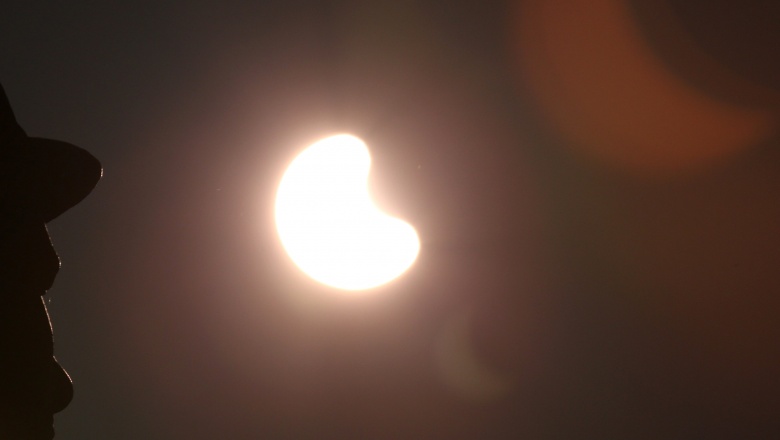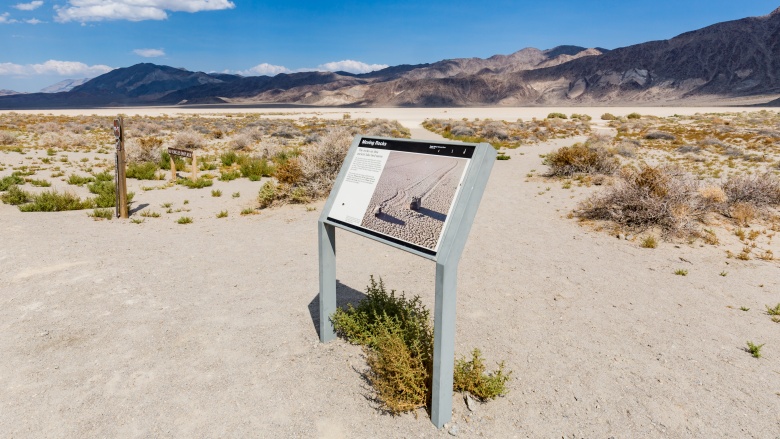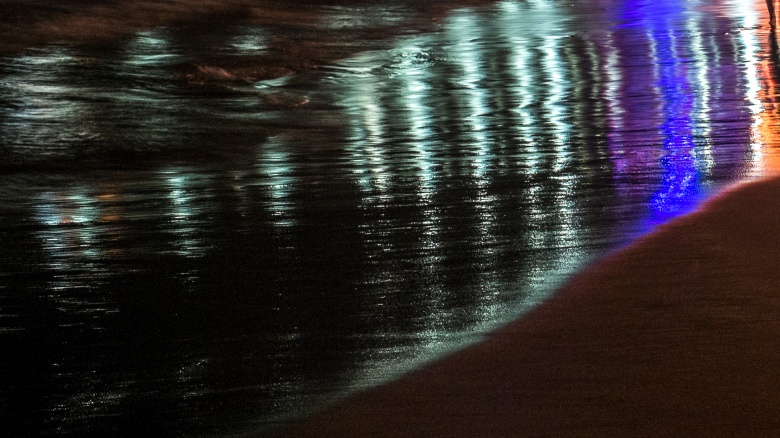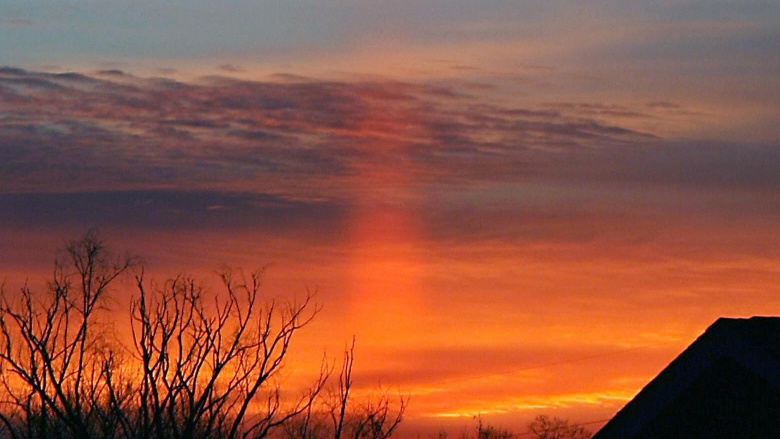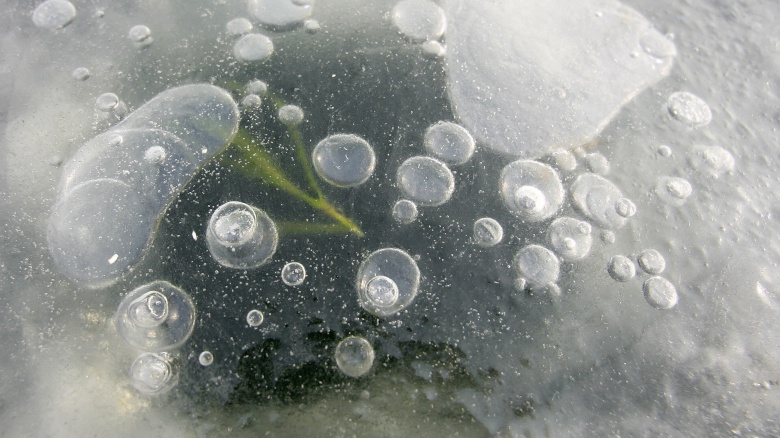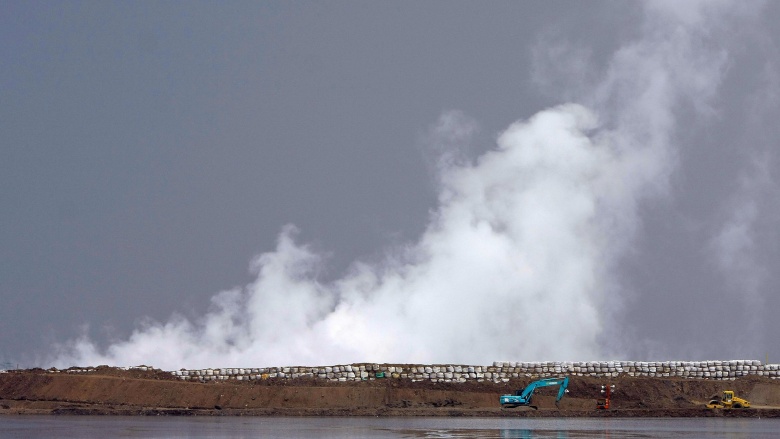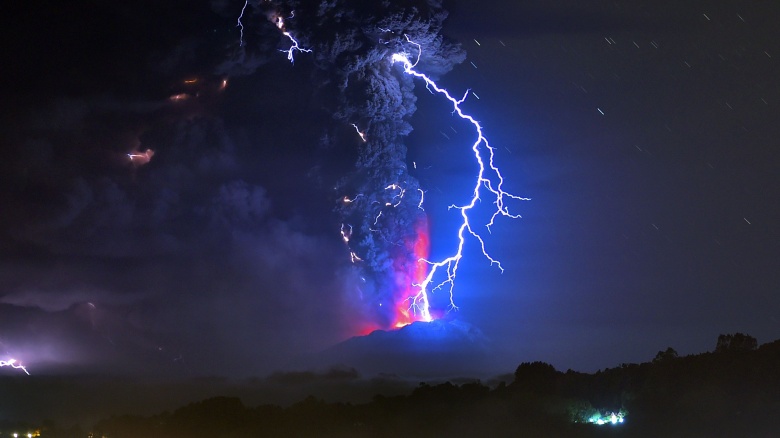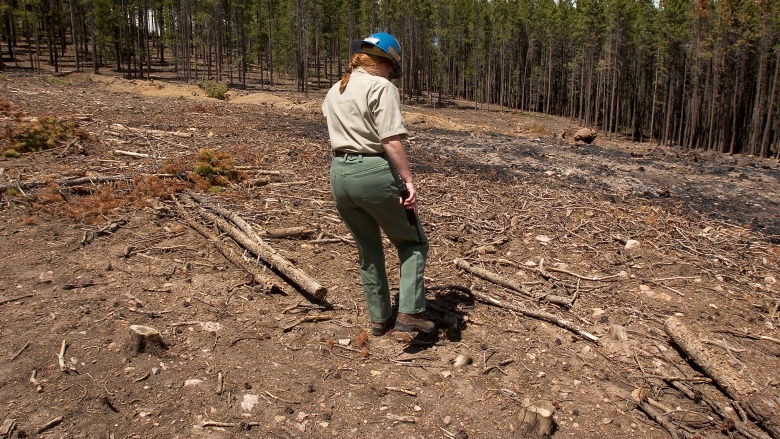Weird Phenomena, Explained By Science!
It's a big, crazy world out there, so it's understandable that strange stuff happens in it. Fortunately for us puny humans, science has been able to explain some of it. But, in the same way that explaining a joke ruins it, it remains to be seen whether or not science's explanations take the fun out of the world itself.
Raining fish in Sri Lanka
Fish fell from the sky onto a Sri Lankan village in May 2014, and no, it wasn't a sign of the apocalypse. According to scientists who spoke with the BBC, whirlwinds formed over shallow water, turning into a waterspout, which is essentially a water tornado. When this happens, the spouts vacuum up everything: fish, frogs, eels. Aside from becoming dizzy, the animals can be carried long distances before the spouts peter out and everything drops. And this wasn't an isolated incident. Such incidents have taken place in India, Nepal, and Saskatchewan, to name a few. Gives new meaning to the term "flying fish."
The Beacon of Maracaibo
In Venezuela, the area where the Catatumbo River flows into Lake Maracaibo holds the Guinness world record for "the highest concentration of lightning" on the planet. So much lightning flashes that the sky is regularly illuminated for nine hours at night, according to the BBC. It's so intense that the phenomenon has also been photographed from space. This natural light show results from a confluence of wind and topography, or so it's believed. Previous theories, however, have postulated that possible uranium and methane deposits are the source. But one thing's for sure: it makes for a great, natural rave.
Orange snow in Omsk
In 2007, oily orange snow fell on three locations in Siberia, an area usually known for bears and trees, according to The Guardian. Some of the snow smelled, too. Initially, scientists believed pollution or radioactivity caused the pigmented precipitation. But Russian officials blamed the colorful cascade on a storm carrying dust and clay from Kazakhstan. However, environmentalists found high quantities of acids, nitrates, and iron in the flashy flurries. Sounds like someone's up to some scuzzy chicanery.
The year without a summer
In the early 19th Century, the Northern Hemisphere decided to skip summer one year, sort of. Known primarily as the Year without a Summer, although there are several other names, colder-than-normal temperatures were recorded during June and July 1816 in disparate locations such as Pennsylvania, Germany, and China. According to Bellrock.org.uk, a massive volcanic eruption in Indonesia, compounded by eruptions in other locations, created what's known as a volcanic winter, where ash blocks out the sun, consequently chilling everything out. The resulting ecliptic sky caused catastrophic crop failures, cattle deaths, and even intensified a cholera outbreak from India to Moscow. Makes you at least slightly grateful for global warming, doesn't it?
New England's dark day
For early Americans in the 1780s, New England's dark day must've seemed like God was done with them. While there's no way to prove how any deities were feeling that day, we now know that all-powerful beings being in a bad mood probably weren't the cause...at least not directly. In 2007, University of Missouri researchers found evidence of a huge wildfire that had taken place in Southern Ontario, according to History.com. Winds then carried the resulting smoke over the Northeastern United States, tinging the sky and freaking the bejeezus out of Revolutionary America. Candlemakers must've loved it, though.
Sailing stones
If you ever visit Racetrack Playa, Death Valley, and it looks like the rocks are moving, don't worry. The sun's not playing tricks on you. They're really moving. But they're not moving on their own. In 2014, scientists discovered the cause of this half-century mystery: ice shove. According to Scientific American, thin layers of ice form on the ground, providing a slippery enough surface for light breezes to push the rocks across the dry lake bed. What's left is a trail tracing the rocks' paths. Now that's a rockslide you can enjoy.
Bioluminescent waves
In some parts of the world, the beaches are so beautiful that the waves shine at night. It's true! These glowing waves, which can be found in the Everglades, the Maldives, and numerous other places around the world, are actually created by microorganisms, according to National Geographic. These particular microorganisms, phytoplankton, give off light when they're agitated, like when they're struck by waves. The result is an alluring glow, which can be seen in various locations in the world's oceans. It also makes for great, natural mood lighting.
Light pillars
On January 11, 2016, the residents of Annandale, Minnesota who were awake at 4 a.m. witnessed a spectacular light show, according to Fox News. Colorful beams of light glowed down from the pre-dawn sky. No, aliens weren't attacking the town. What they saw was a display of light pillars. Light pillars, sometimes also called sun pillars or solar pillars, occur when light from any source reflects off ice crystals in the air. The result is shafts of light illuminating the sky that put lightning to shame. That almost makes braving the sub-zero temperatures of Minnesota worth it.
Flammable ice bubbles
The bubbles found in Lake Abraham in Canada may look like a giant lava lamp, but they're nowhere near as groovy. These brisk globules actually contain methane released by bacteria, after consuming dead organic matter, which is then trapped in the ice, according to The Guardian. For the most part, the bubbles are harmless. That is unless they're lit. In that case, they turn to bitter bombs. That's right: Lake Abraham, the only lake that needs a no-smoking sign.
The Door to Hell
Science can easily explain the 70-meter-wide Door to Hell in Turkmenistan, because science caused it. According to the Daily Mail, back in 1971, Soviet geologists were drilling what they thought was an oil field. But instead, they wound up opening a natural gas-filled cavern. Fearing a poisonous-gas leak, they lit a match, hoping to burn off the toxic vapor. The gas supply they thought would burn off in a few days continues to burn as of this writing. In 2010, Turkmenistan's president Gurbanbuly Berdimuhamedow wanted the hole closed, but that hasn't happened. And in case you're wondering, people can visit the infernal locale. Just don't forget the marshmallows.
Dirty thunderstorms
Dirty thunderstorms are the ultimate explosive combination. These crackling ash clouds are essentially lightning created by volcanic eruptions. This dynamic display results from the same thing that causes regular lightning: ice particles colliding to produce a static charge, only with rock and ash thrown into the mix. According to the BBC, these voltaic visuals are actually pretty rare, except for at Mount Sakurajima, where it happens on an almost daily basis. Poor Japan. First Godzilla, now this.
The Tunguska Event
One of the biggest explosions in history, the Tunguska Event occurred on June 30, 1908 in Siberia. The blast leveled approximately 770 square miles of forest, and supposedly left a glow in the night skies for the next three days, according to an issue of Nature from that time. The cause of the explosion, however, has yet to be fully explained. However, of the possible causes, the leading answer is an asteroid burst, similar to the Chelyabinsk meteor in 2013. What is it with Russia and meteors?

